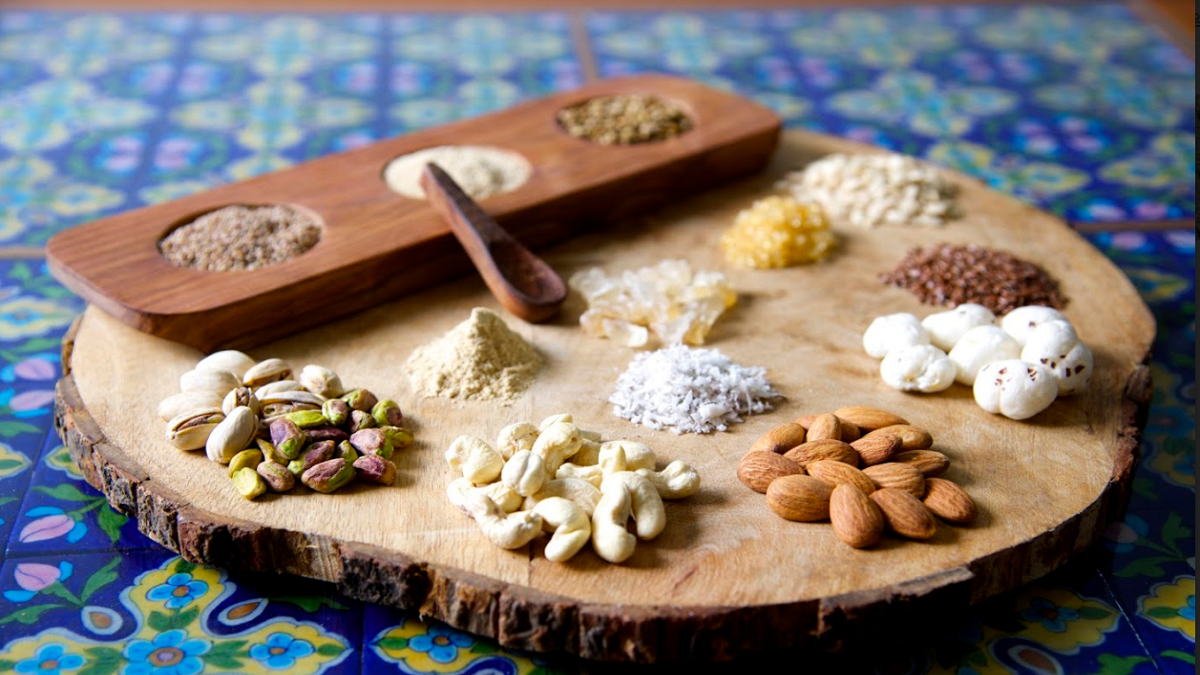
After spending the better part of the lockdown dreaming of the hills, my impending journey to my Himalayan home brought me a huge sigh of relief. It was time to pay my annual homage to my most beloved place on this earth, and even though the hoteliers’ world had suffered a washout, adapting to the new normal seems like the only way out. With more masks and sanitization kits than my personal luggage, I was all set to interrupt the humdrum that Covid-19 had wrapped around Manali. No sooner had I set foot into my tiny little sanctuary, I executed some arduous safety protocols against the ensuing pandemic.
Three days later, the alpine smell wafts out of the deodars and spring water brooks bustle amidst apple orchards. Misty mountains peak through every once in a while, revealing their velvety grass. Like every year, Manali prepares to shed its viridescent lustre by reaching the pinnacle of foliage. Just when you think green can’t get any greener, it does, and I find myself falling with the hills all over again, one season at a time.
But unlike the rest of the world, the yellowing of leaves doesn’t brace the Himalayan populace for a gloomy fall. Quite the contrary actually! Here, autumn summons festivity in Himachal’s most coveted occasion of Dussehra. Ram’s triumph over Ravan, and more importantly, our own triumphs against our inner demons, are greeted by pomp and indulgence. One of the most symbolic expressions of joyous celebrations such as these is the ‘Pahaari Dhaam’, or the great Himalayan communal feast.
Nearly 1,300 years ago, a king in Himachal Pradesh was so enamoured by the Kashmiri Wazwan that he ordered his cooks to prepare a vegetarian variant of their own. The botis — a Brahmin community that served as the royal chefs, gradually devised a ‘saatvik’ menu (devoid of any onions or garlic), that relied entirely on locally-available ingredients such as lentils, pulses, dairy, mustard and ground spices. This gamut of delicacies came to be collectively known as the Dhaam and came to be served exclusively in temples as ‘prasaad’ (divine offerings enjoyed by the devotees).
The sheer simplicity and precision that went into preparing the various Dhaam recipes required expertise in skill as well as their cooking equipment that catered uniquely to the climatic conditions and nutritional requirements implied therein. Although such culinary wisdom is a known feature in ancient Indian culture, traditional Dhaam preparations stand distinguished in two particular ways. One, they include no vegetables or meat. Two, each recipe is prepared in a narrowmouthed pot made of copper alloy, the ergonomics of which were ideal in maximizing the heat efficiency in cold Himalayan climates.
Over time, the popularity of the Dhaam surged across the state of Himachal Pradesh, deriving local adaptations and symbolic mentions in occasions such as wedding ceremonies, family gatherings as well as religious events. The more recent evolutions of the Pahaari Dhaam include a diverse range of ingredients that span well beyond the conventional restrictions of meat and vegetables. Today, the Himachali Dhaam stands as a notable cuisine in itself, bearing popular local variants from Chamba, Mandi, Kangra, Lahaul and Kullu, amongst others.
As a young debutant in Manali’s hospitality sector, I noticed the acute absence of Pahaari Dhaam cultures across its hotels and eating joints. Was this cultural shyness and hesitation, or did the long preparation time and exotic list of dhaam ingredients deter the cuisine’s feasibility? I continue to jostle with these musings without sighting a clear exit route. Nevertheless, I was sure about one thing, that a homage to the Himalayas would be incomplete without due credit to its culinary traditions. Thus, I incorporated a modern-day rendition of the Himachali Dhaam into my hotel’s dining as the Pahaari Dhaam at Urvashi’s Retreat.
In an elaborate, made to order menu, I have curated my personal favourites from a vast array of local delicacies. By integrating classical cooking techniques with modern-day technologically, my very own curation of the Dhaam experience can be customised as per vegetarian, non-vegetarian, omnivorous as well as Jain meal preferences. Moreover, its dynamic span makes it readily available to serve intimate gatherings as well as larger banquets or ceremonies.
Altering the dining format in order to ensure safety and sanitization in a post-pandemic world was easier than I expected. Since traditional dhaams are served over disposable ‘pattals’ to a seated audience by a designated fleet of hosts, all I had to do was increase the seating distance between my diners. In precarious times, a leisure-seeker finds much solace in their sensory indulgences and gastronomical comforts. Creamy siddus, pungent mustard and date gravies, crisp flatbreads and apple crumble panjeeris come to our existentialist rescue. In a world where the concepts of leisurely meal preparations and communal feasting undergo a steady decline, our Himachali Dhaam celebrates the simple pleasures of an unhurried life that are best realised on elaborate table spreads and divine communion.